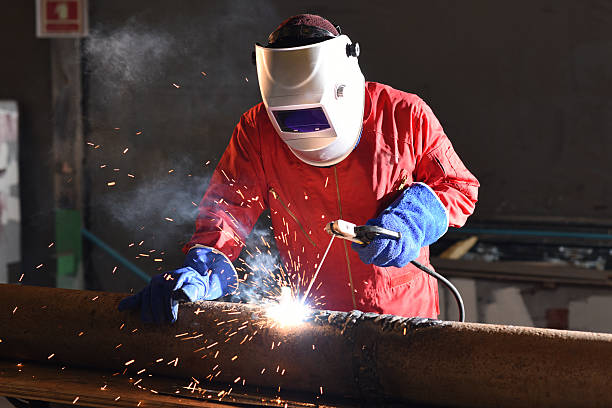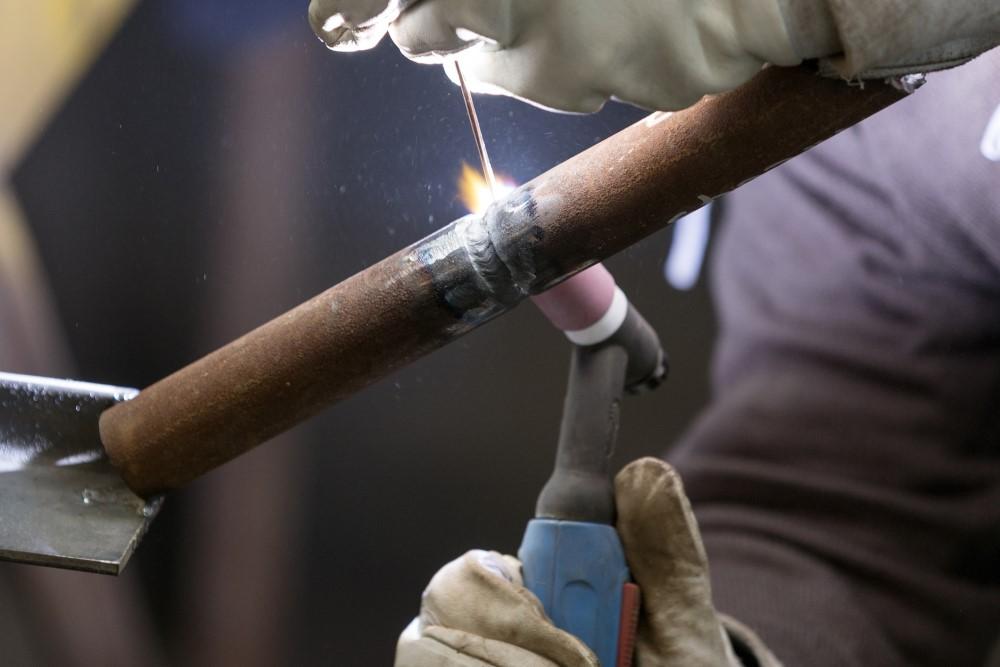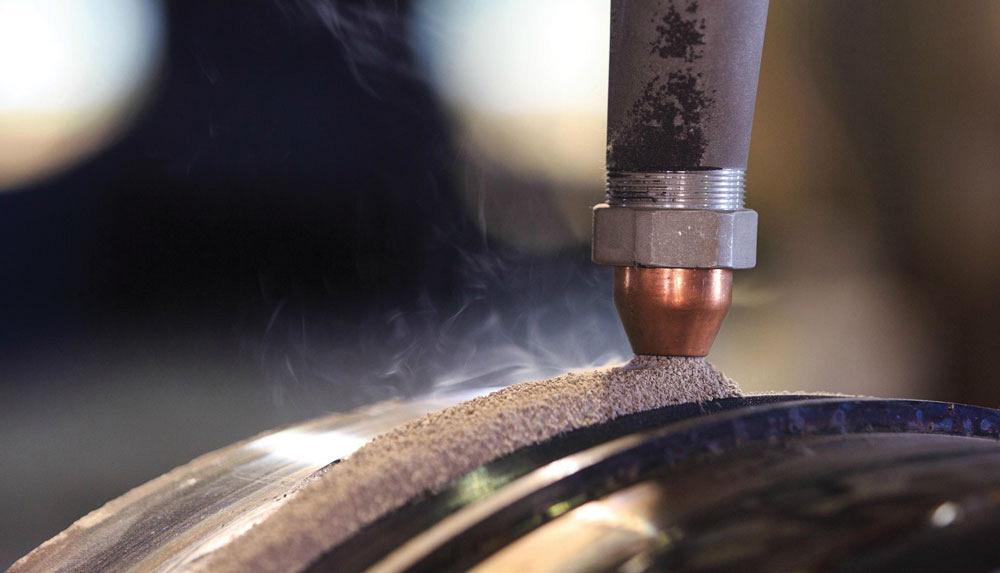5 types of welding electrodes and their uses
Welding electrodes are the unsung heroes of the welding world, playing a pivotal role in the creation of strong and durable welds. These consumable rods come in various types, each tailored for specific welding applications. In this guide, we’ll delve into the intricacies of five commonly used welding electrodes, shedding light on their unique characteristics and the diverse scenarios in which they shine.

1. Shielded Metal Arc Welding (SMAW) Electrodes
Commonly known as “stick welding,” Shielded Metal Arc Welding (SMAW) is one of the oldest and most versatile welding processes. SMAW electrodes come in different classifications, with each designed for specific materials and applications.

6010 Electrodes: Known for their deep penetration capabilities, 6010 electrodes are ideal for welding in tight spaces and on dirty or rusted surfaces. They create strong, smooth welds and are often used in pipe welding.
7018 Electrodes: Recognized for their low hydrogen content and excellent tensile strength, 7018 electrodes are frequently employed in structural welding. They produce welds with a clean appearance and are suitable for both vertical and overhead welding positions.
2. Gas Metal Arc Welding (GMAW) Electrodes
Gas Metal Arc Welding, or MIG welding, utilizes a continuously fed wire electrode to join two metals. The type of electrode chosen can significantly impact the welding process and the quality of the weld.
ER70S-6 Electrodes: This popular solid wire electrode is used for welding mild and low-alloy steels. It offers good penetration and is well-suited for automotive, robotics, and general fabrication applications.
ER4043 Electrodes: Designed for welding aluminum alloys, ER4043 electrodes are corrosion-resistant and provide excellent fluidity during welding. They are commonly used in the fabrication of aluminum structures and components.
3. Flux-Cored Arc Welding (FCAW) Electrodes
Flux-Cored Arc Welding is a versatile process that combines elements of both MIG and stick welding. The electrodes used in FCAW have a tubular design filled with flux, providing additional protection to the weld pool.

E71T-1 Electrodes: Ideal for welding in outdoor or windy conditions, E71T-1 electrodes offer high deposition rates and excellent penetration. They are commonly used in heavy equipment manufacturing and structural fabrication.
E308LT Electrodes: Specifically designed for welding stainless steel, E308LT electrodes provide good corrosion resistance and high tensile strength. They are suitable for applications in the food industry, chemical plants, and other environments where stainless steel is required.
4. Gas Tungsten Arc Welding (GTAW) Electrodes
Tungsten Inert Gas (TIG) welding, recognized for its precision and capability to create superior welds, relies significantly on the pivotal role of tungsten electrodes in the welding process.

2% Thoriated (Red) Electrodes: Recognized for their excellent arc stability and longevity, 2% thoriated tungsten electrodes are commonly used for welding carbon and stainless steels. They maintain a sharp point, allowing for precise control during welding.
Ceriated (Grey) Electrodes: Suitable for both AC and DC welding, ceriated tungsten electrodes offer stable arcs and are often chosen for welding exotic metals like nickel alloys and titanium.
5. Submerged Arc Welding (SAW) Electrodes
Submerged Arc Welding is a highly efficient process commonly used in industrial applications, especially for welding thick sections of steel.

ESAB OK Flux 10.71 Electrodes: Paired with appropriate flux, ESAB OK Flux 10.71 electrodes are designed for high-speed, single-pass welding of carbon and low-alloy steels. They are commonly used in shipbuilding, pressure vessel fabrication, and structural steel construction.
ESAB OK Flux 10.62 Electrodes: With a focus on producing low hydrogen levels, these electrodes are suitable for high-strength, low-alloy steels. They find applications in critical welding situations where the prevention of hydrogen-induced cracking is paramount.
Conclusion
In the ever-evolving realm of welding, the choice of the appropriate electrode emerges as a pivotal factor with profound implications for the strength, excellence, and longevity of a weld. Our exploration has illuminated the distinctive features inherent to each welding electrode type, meticulously crafted to suit particular applications. A comprehensive comprehension of these subtle differences empowers welders to make judicious decisions, guaranteeing the possession of the most suitable tools for the task at hand. Whether working with steel, aluminum, or exotic alloys, the diverse range of welding electrodes empowers welders to tackle an array of projects with confidence and precision.
READ MORE: WHAT IS BUTTON HEAD SCREWS , AND PROPERTIES , APPLICATIONS
READ MORE: How to start a new startup business on Deepawali 2023




